Author: French Fries Fish C
As we all know, our company is a thriving startup.
To what extent is our company thriving? You can tell from the cars that our CEO Chang is most interested in lately: “Lucid Air Dream Edition,” “Tesla Model S Plaid,” “Tesla Model X Plaid”…
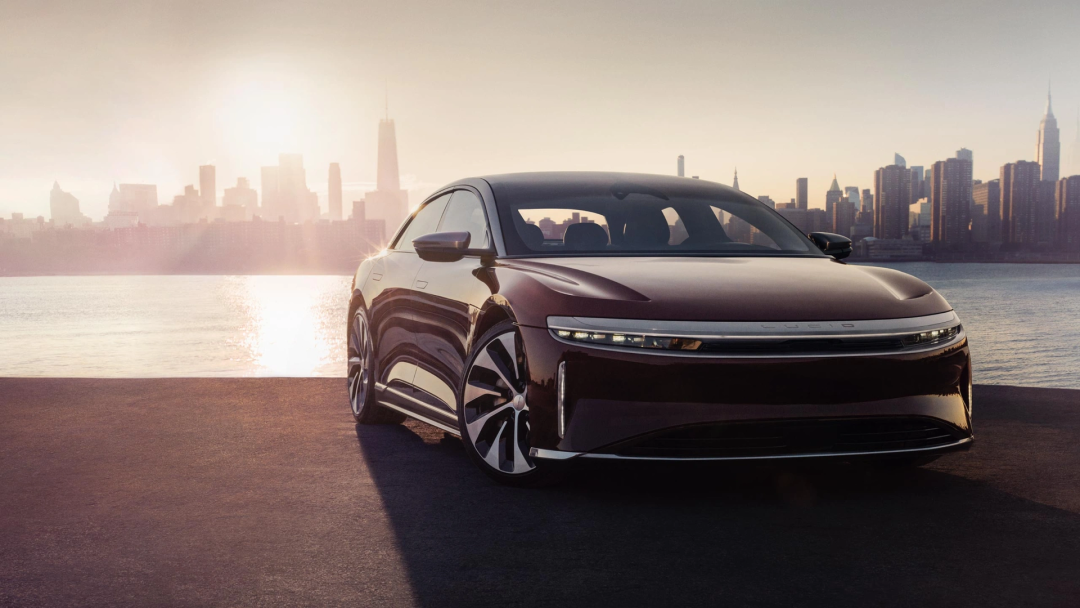
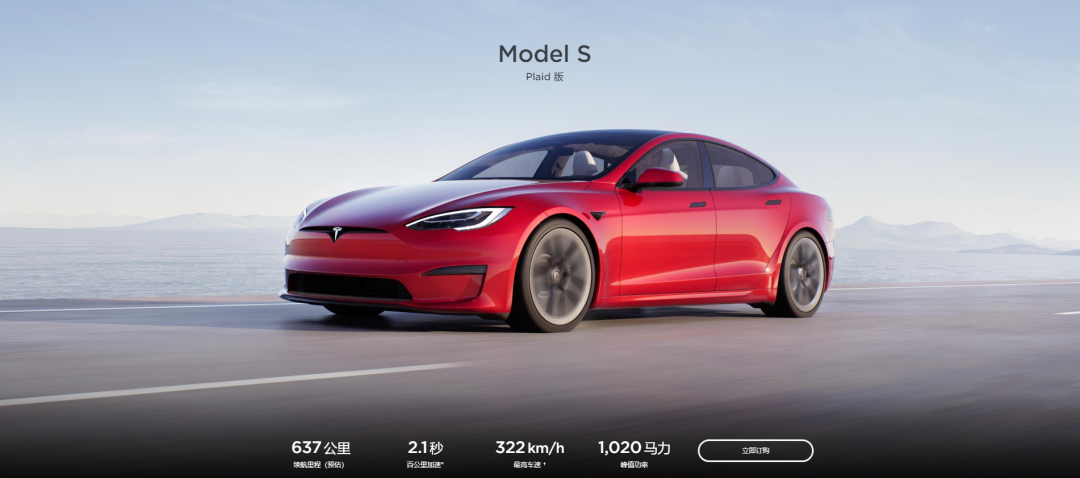

Although I have been educated with the traditional Chinese virtue of “hard work” since childhood, I cannot resist the constant whispering of the CEO about how great these cars are.
“Of course I know how great these cars are!”
Fortunately, as an honest and hardworking employee, I still maintain my sanity – I choose to focus all my attention on the Model Y, a car that is accessible to laboring people like myself.
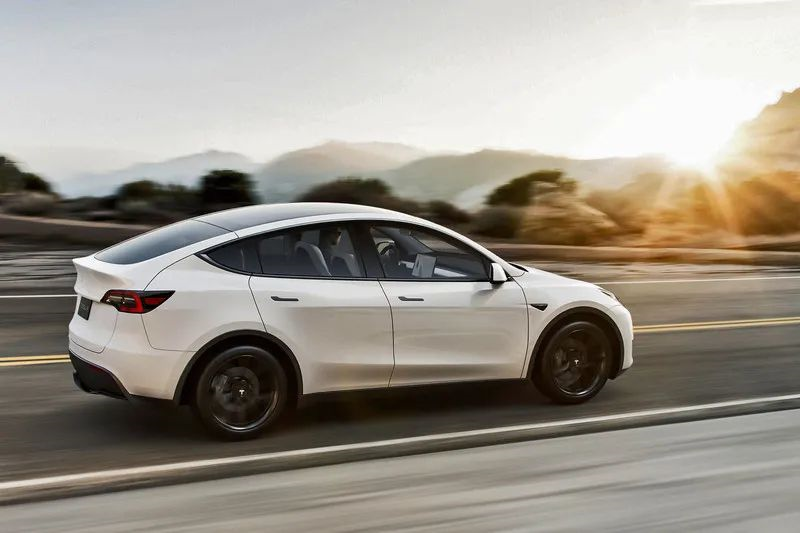
Speaking of the Model Y, the most talked-about feature lately is its back panel, which is formed by a single integrated casting.
Integrated Casting: Praised and Criticized
Tesla refers to the one-piece cast body parts as “GigaCasting,” which was actually introduced by Tesla at the “Tesla 2020 Battery Day.”
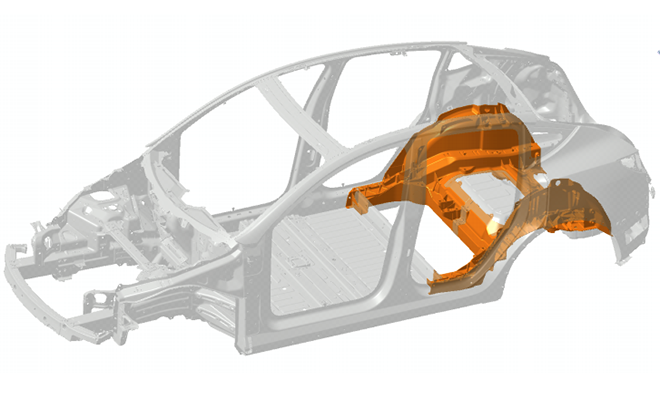
On the one hand, Tesla’s integrated casting technology has been praised by the industry as a revolution in automotive body engineering.
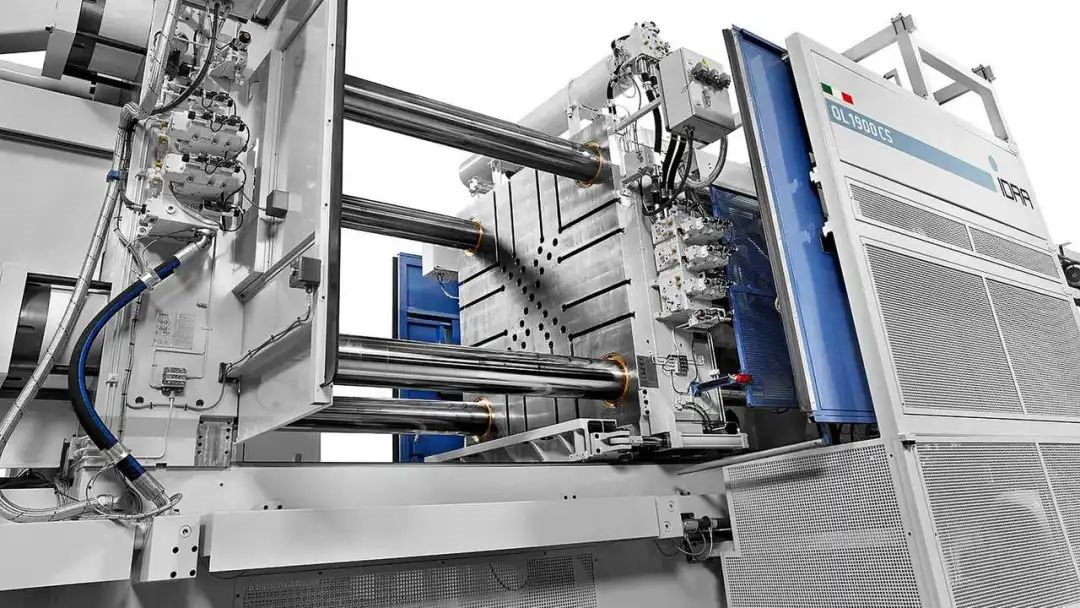 Our old friend, the famous American engineering and technical expert, Sandy Munro, has rare praises for the “70-in-1” rear subframe, which has played a huge role in improving reliability, improving production efficiency, and reducing manufacturing costs.
Our old friend, the famous American engineering and technical expert, Sandy Munro, has rare praises for the “70-in-1” rear subframe, which has played a huge role in improving reliability, improving production efficiency, and reducing manufacturing costs.
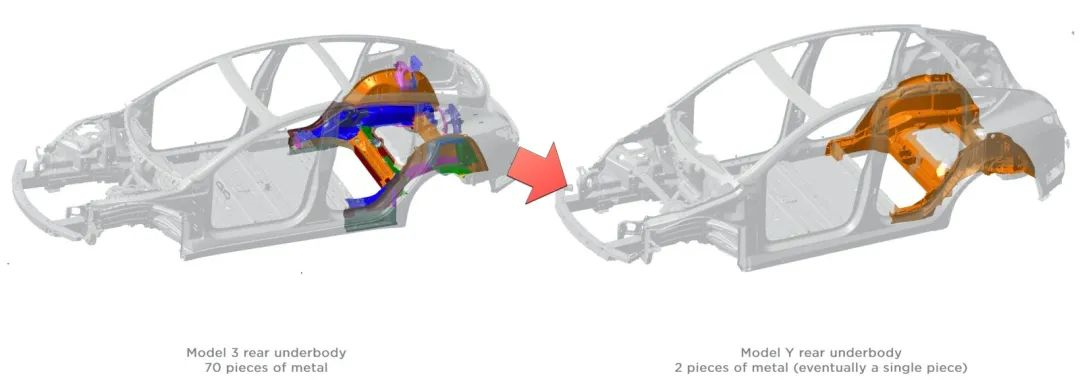
On the other hand, the reparability of the integrated cast body parts has also been questioned.
At the beginning of the year, the news of the “Model Y reversing into a wall and estimated repair costs of 200,000 yuan” caused discussions among consumers. Due to the special nature of the integrated casting technology and aluminum materials, traditional sheet metal repair has no place on these types of parts. This means that once this part is damaged, the entire rear of the Model Y body must be completely replaced.
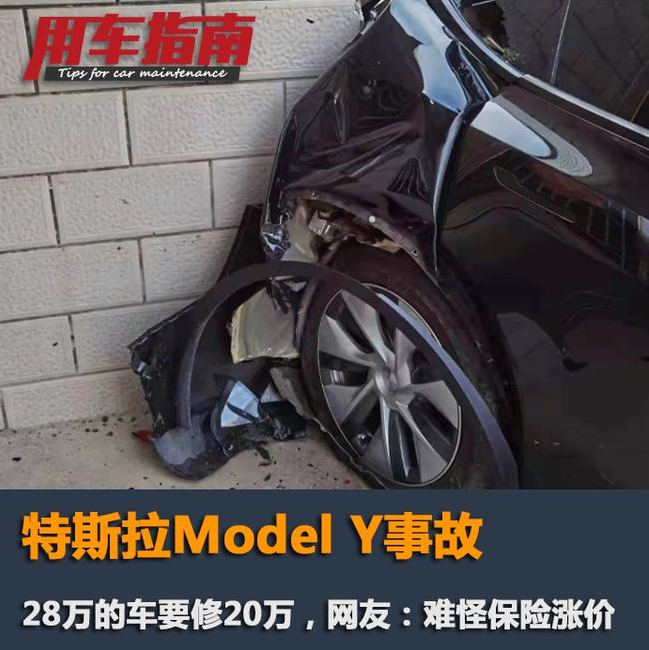
Controversy has never been the focus of the “technical workshop,” we are more concerned about the technology itself.
Recently, the World Intellectual Property Organization (WIPO) released a patent filed by Tesla on the energy-absorbing design of integrated cast body parts.
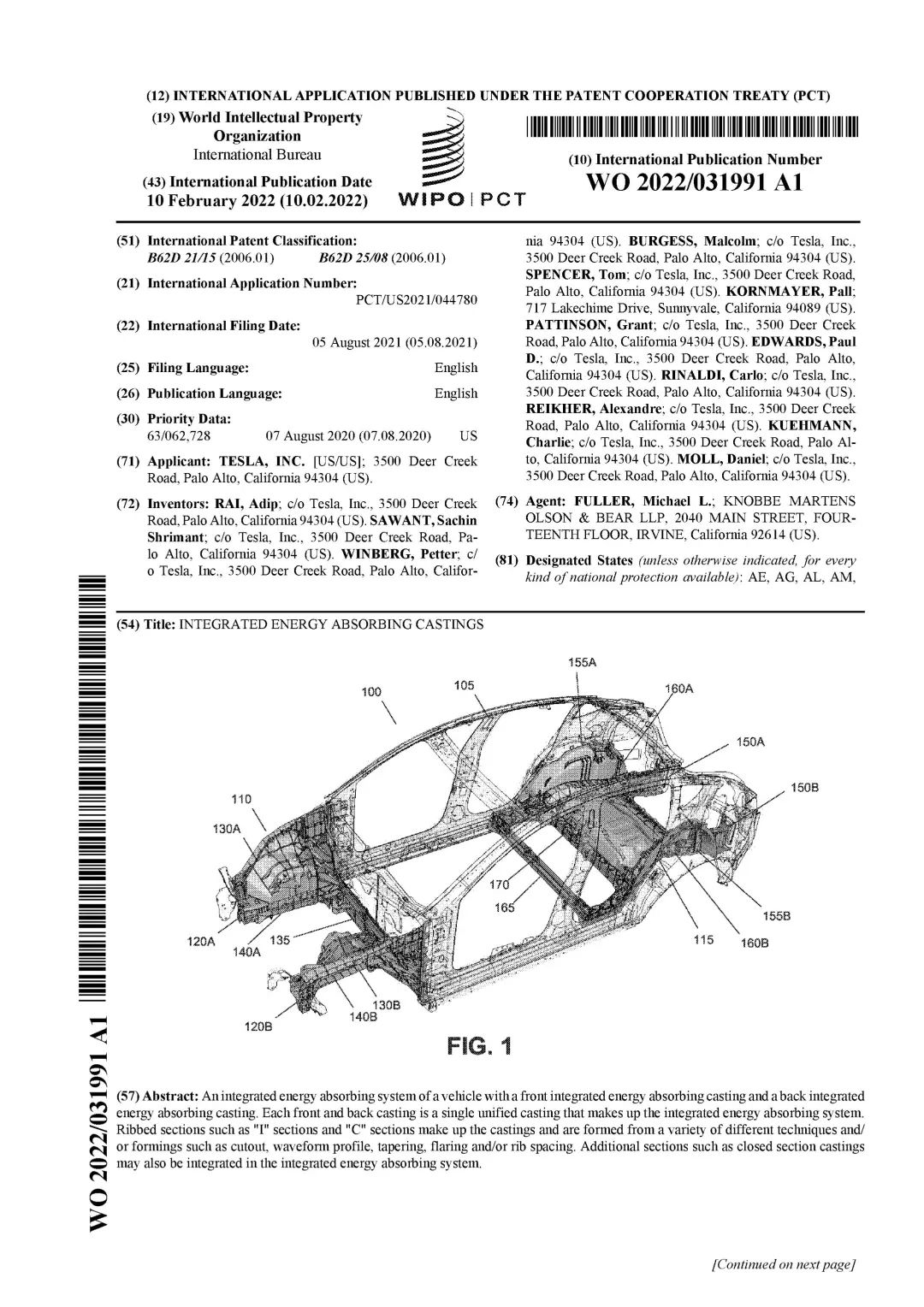
Today, we will talk about how the “integrated casting technology” helps improve collision safety through the patent.
“Integrated” Energy Absorbing Crush System
According to the patent document, Tesla describes this as:
“This is a ‘one-piece integrated energy absorbing and crush system’ for a vehicle consisting of a ‘front energy absorbing crush unit’ and a ‘rear energy absorbing crush unit’.”

“Energy absorbing crush” is not a rare design in modern cars. The energy-absorbing crush zone can absorb energy by plastic deformation such as compression, bending, deformation, and twisting when the vehicle has an accident, thereby reducing the harm caused by the collision to the driver and passengers.
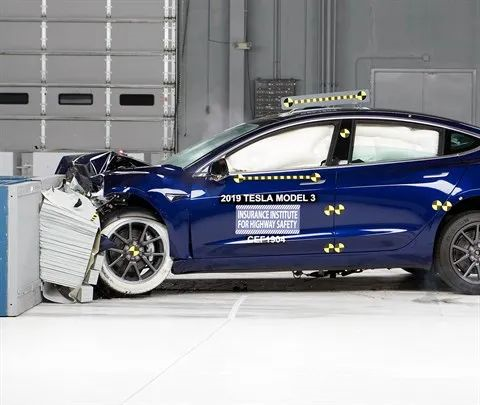
Collision tests also prove that the energy-absorbing crush design can greatly increase the survival rate of drivers and passengers in traffic accidents.
However, before Tesla, the energy-absorbing crush design was often achieved by the cooperation of multiple body parts.
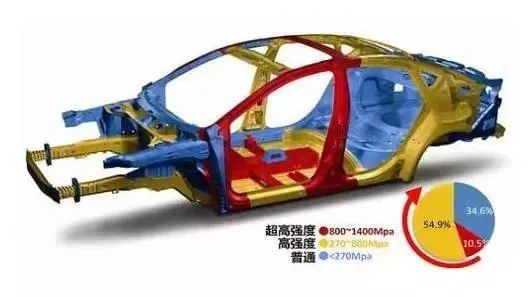 With the ever-increasing requirements for collision safety, the design of energy-absorbing crush becomes more and more complicated, making traditional manufacturing and assembly costs higher and the expandability of the design greatly restricted.
With the ever-increasing requirements for collision safety, the design of energy-absorbing crush becomes more and more complicated, making traditional manufacturing and assembly costs higher and the expandability of the design greatly restricted.
The so-called “integrated energy-absorbing crush system” integrates energy-absorbing crush design into GigaCasting.
Therefore, since the parts are cast as one, no matter how complex the energy-absorbing design inside the parts becomes, it is still one part for the assembly line, effectively controlling the assembly cost.
Looking at GigaCasting from another angle, the front GigaCasting and rear GigaCasting shown in the following diagrams illustrate the energy-absorbing crush regions with mesh, honeycomb, and X-shaped patterns.
The cross-sectional design of the energy-absorbing structure mainly consists of three types: “C-shaped,” “I-shaped,” and “closed section.”
First, let’s take a closer look at the “C-shaped” energy-absorbing structure.
From the figure, it can be seen that the “C-shaped” energy-absorbing structure mainly includes a top plate, a vertical plate, a bottom plate, and the rib plates in the C-shape.
In addition, if the strength of this structure needs to be increased to absorb more energy, a central belly plate can be added between the top plate and the bottom plate.
When the direction of the force on the energy-absorbing components is parallel, or close to being parallel or perpendicular to the direction of the vertical plate, the “C-shaped” design can be adopted.
Secondly, the “I-shaped” cross-sectional design is illustrated in the following diagram.
The “I-shaped” cross-sectional design is also composed of a top plate, a bottom plate, a central belly plate, and rib plates.
This shape is very similar to the commonly used I-beam in industry.When the force direction of the component is perpendicular to the cross section, the “I-shaped” cross-section design can be adopted.
From the experimental chart, we can see that when the “I-shaped” cross-section bears longitudinal force, the die-casting component collapses in the longitudinal direction, which meets our expectations.
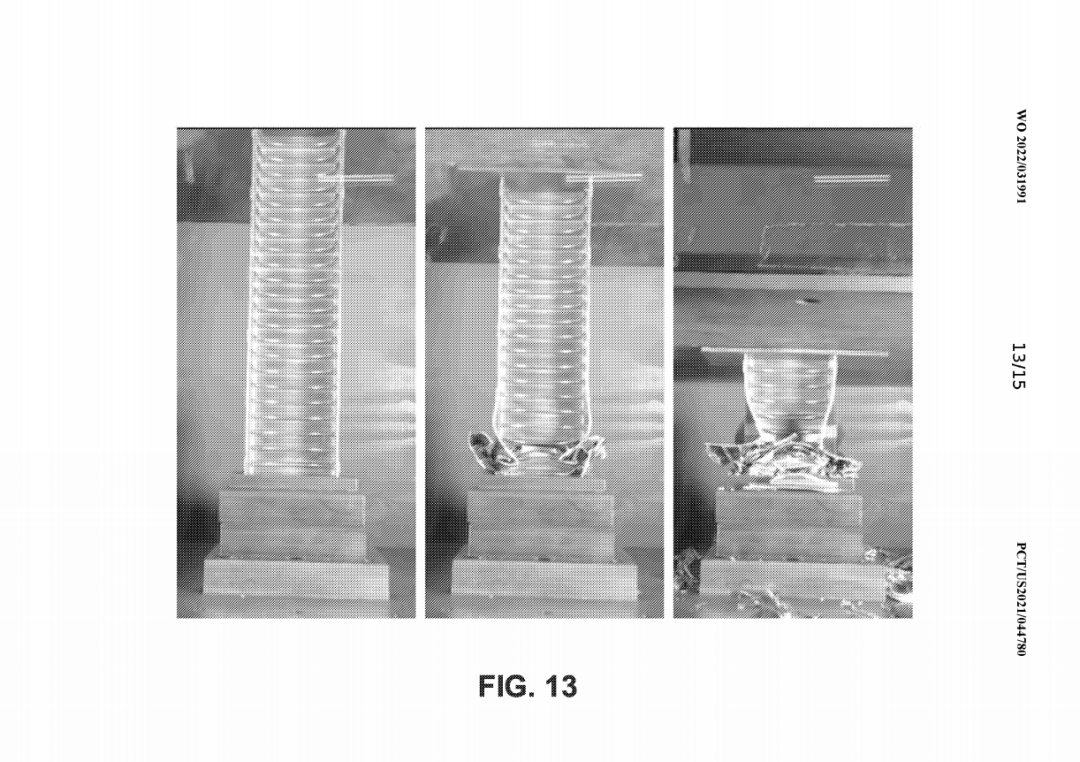
The gap between the ribs provides sufficient compressible space for the component in the longitudinal space, thereby improving the energy absorption efficiency of the component. This is also the biggest feature of the “I-shaped” cross-section design.
Finally, it is the “closed-section” design.
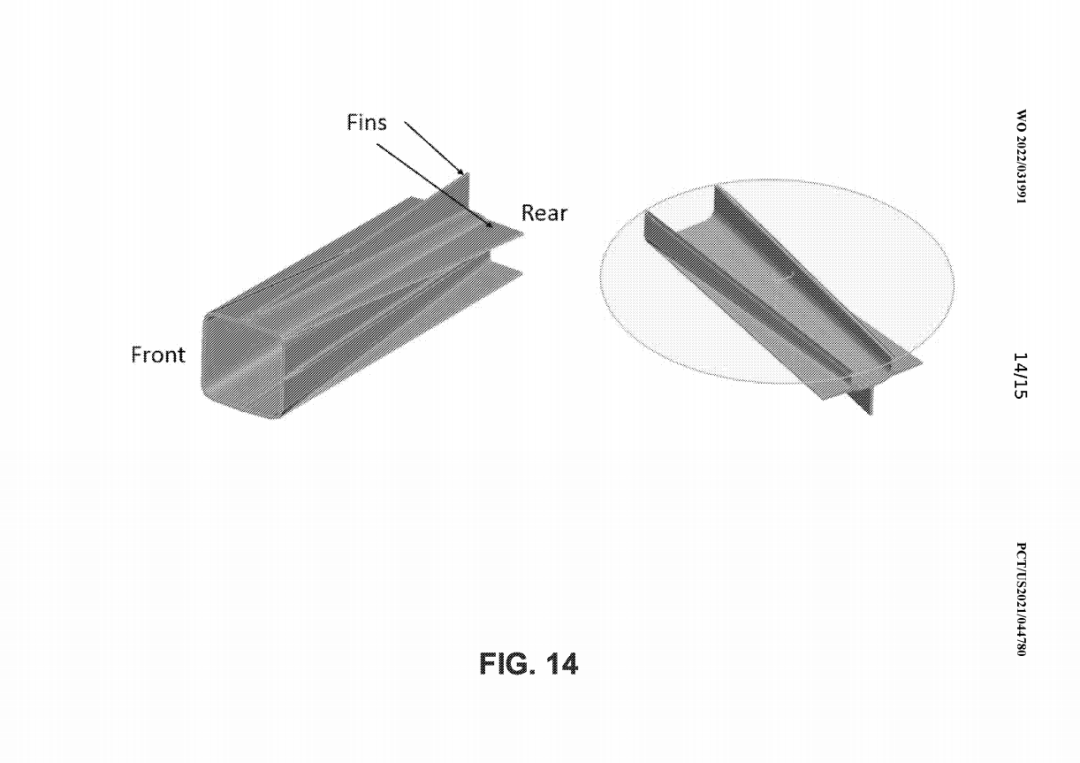
From the figure, as the name suggests, the cross section of this design is a completely closed rectangle.
At the same time, the rectangular cross-section will gradually shrink along the direction of the part, which is the “casting draft angle” required by the casting process. Simply put, this design is to make it easier for the casting to be poured out of the mold.
In order to seal the size reduction caused by this shrinkage, some fins can be added to compensate for the size.
“Closed-section” design is also used to withstand longitudinal forces.
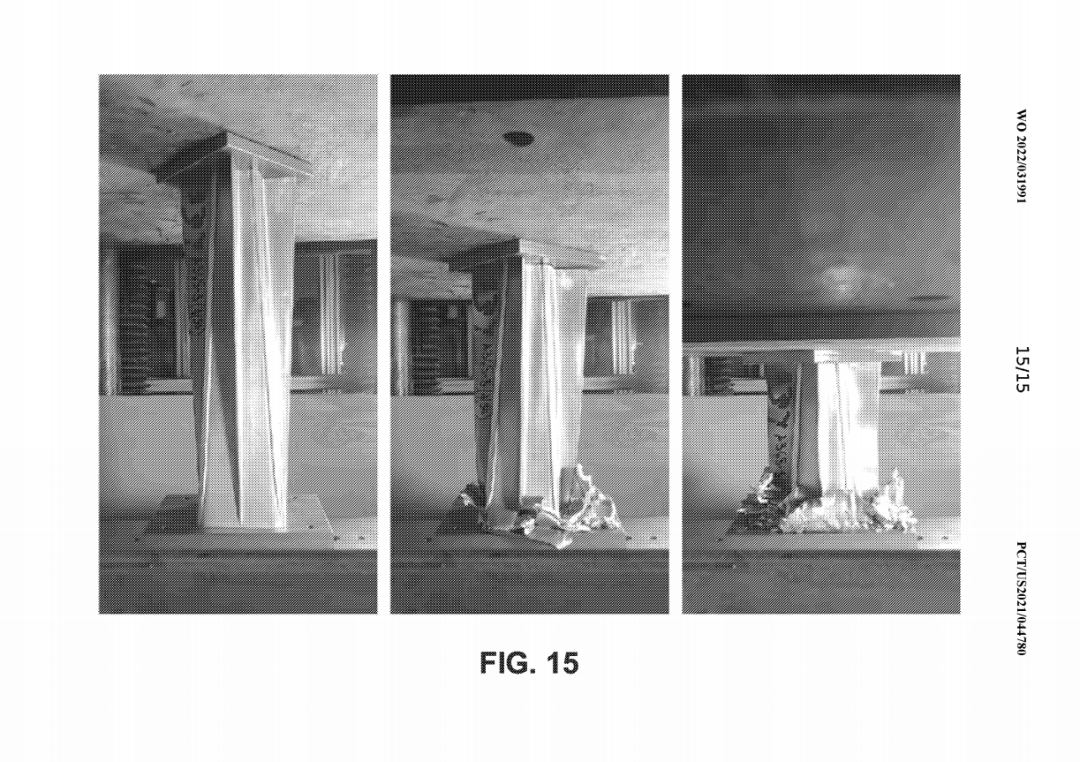
Unlike the “I-shaped” cross-section, the “closed-section” has a larger base, which can be used to connect larger castings.
In addition to the car body, there are batteries
If the one-piece die-cast energy-absorbing body component is a patent that is “half on the ground and half on paper”, then the other big news about the Tesla Model Y recently put into mass production is truly innovative.
On February 19, Tesla officially announced that it has produced 1 million units of its own-produced 4680 batteries.
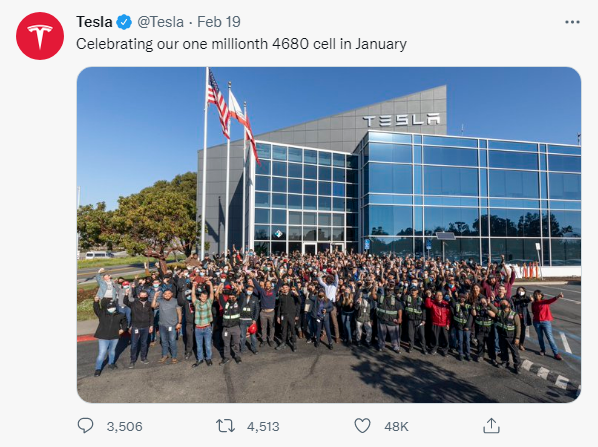
So how many Model Y vehicles with new batteries can Tesla produce with these 1 million 4680 batteries?
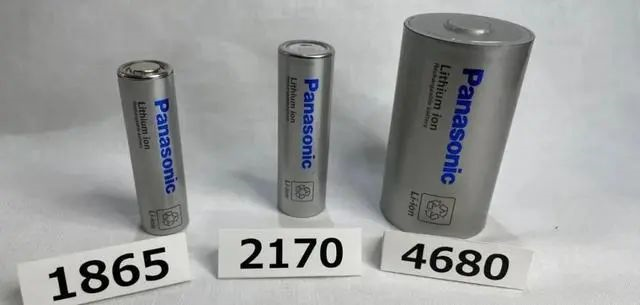
According to previous information, compared with the 2170 battery, the single cell capacity of the 4680 battery has increased by 5 times, and the vehicle’s cruising range will be improved by 16%.
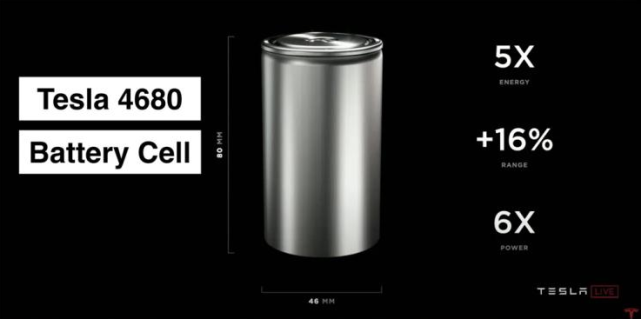 The current 77 kWh version of the Model Y uses 4,416 2170 battery cells.
The current 77 kWh version of the Model Y uses 4,416 2170 battery cells.
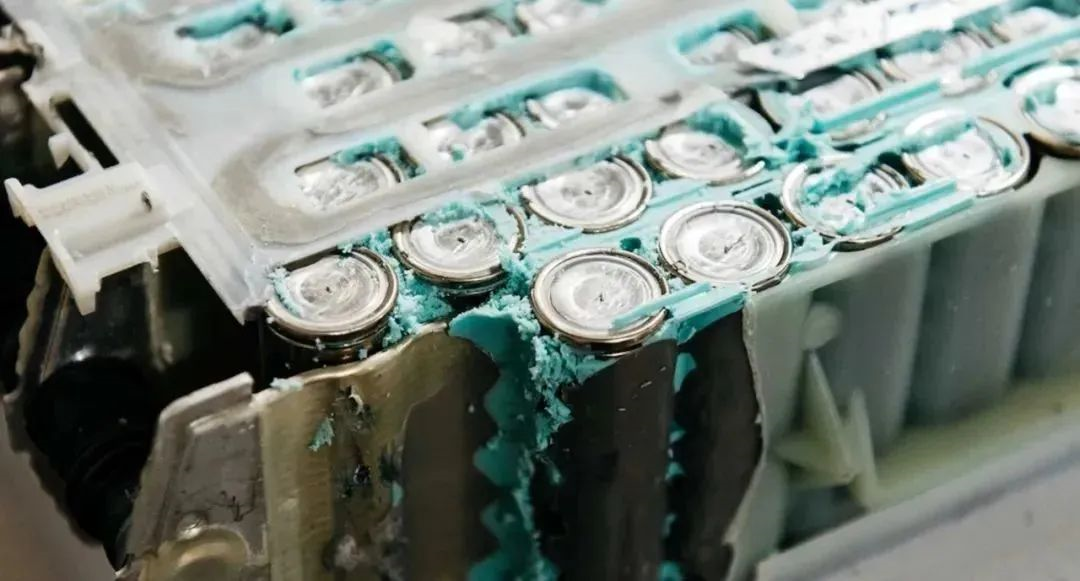
If we calculate from the perspective of a single cell capacity increase of 5 times while the overall battery capacity remains unchanged, a Model Y would need approximately 900 4680 battery cells.
Therefore, only 1 million 4680 battery cells are available to produce around 1,000 Model Ys for Tesla.
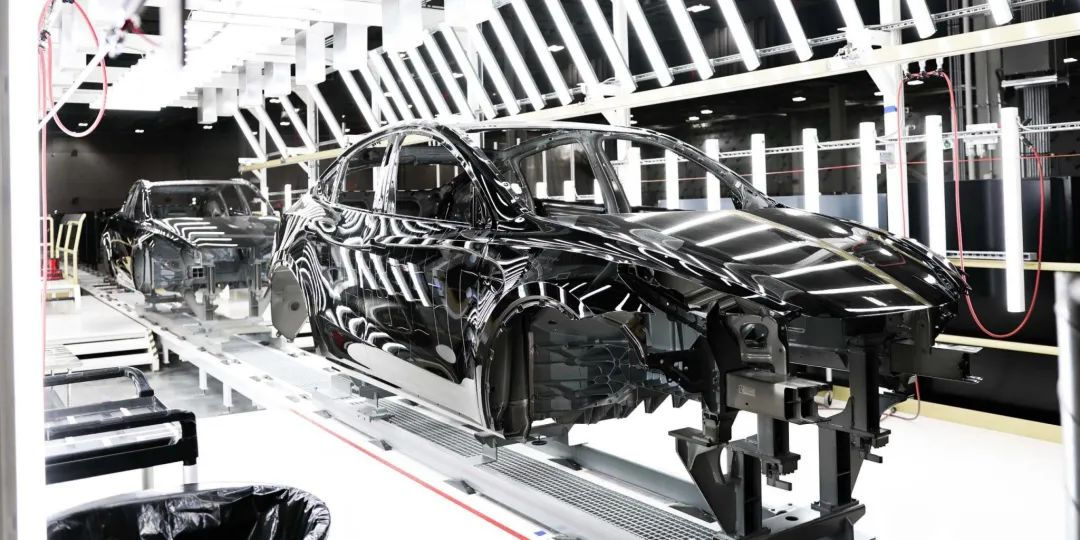
Keep in mind that in January 2021, Tesla sold 16,358 Model Ys in just the Chinese market alone. A mere 1,000 Model Ys would only be a starting point.
Fortunately, Tesla has overcome production capacity issues before, so it should have accumulated a wealth of experience in rapid production methods. In addition, manufacturers such as Panasonic, LG, and domestic companies like CATL and EVE are also working hard to produce 4680 battery cells. Therefore, in the foreseeable future, the production of 4680 battery cells will experience explosive growth, and it will be much easier to buy a Model Y equipped with 4680 battery cells.
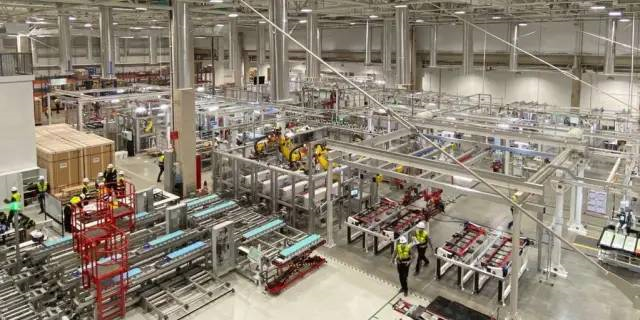
It’s just that if you want to buy a Model Y with the 4680 battery, you still need to wait a little longer. Of course, we won’t let you wait empty-handed.
Today, the “Tesla GIGA Museum” opened its doors at the Tesla Center in Xiedao, Beijing.
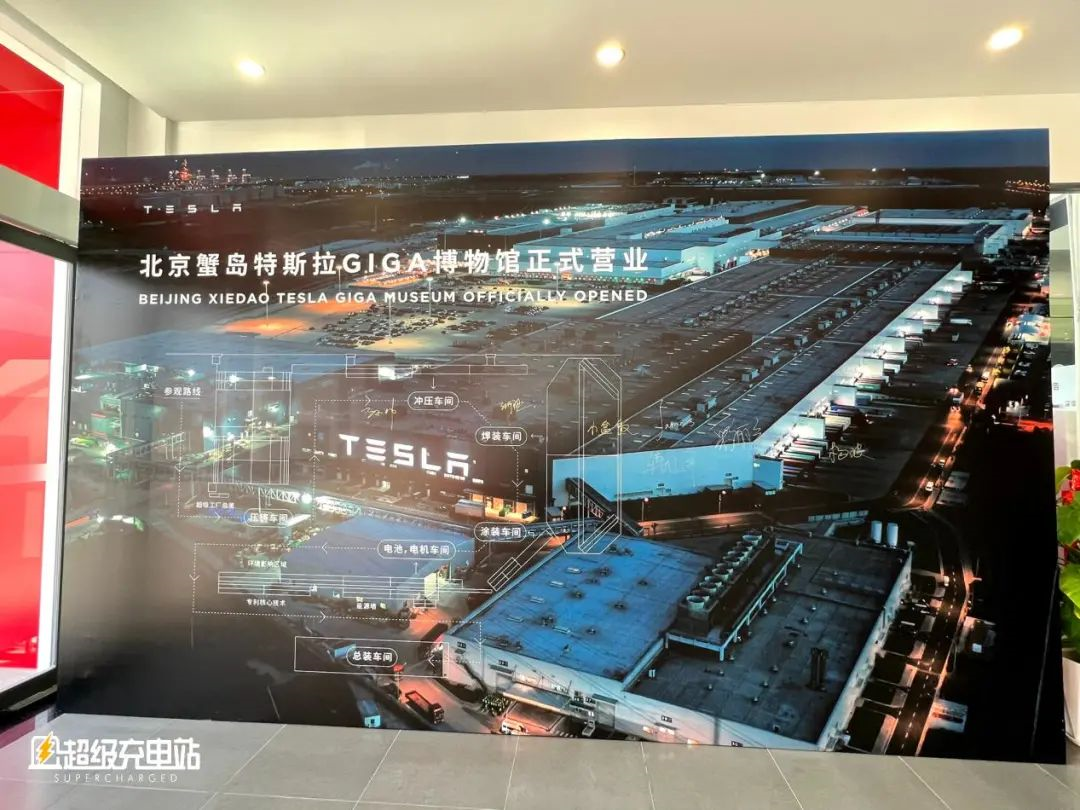
Here, we can experience the technological mysteries of Tesla’s super factories.
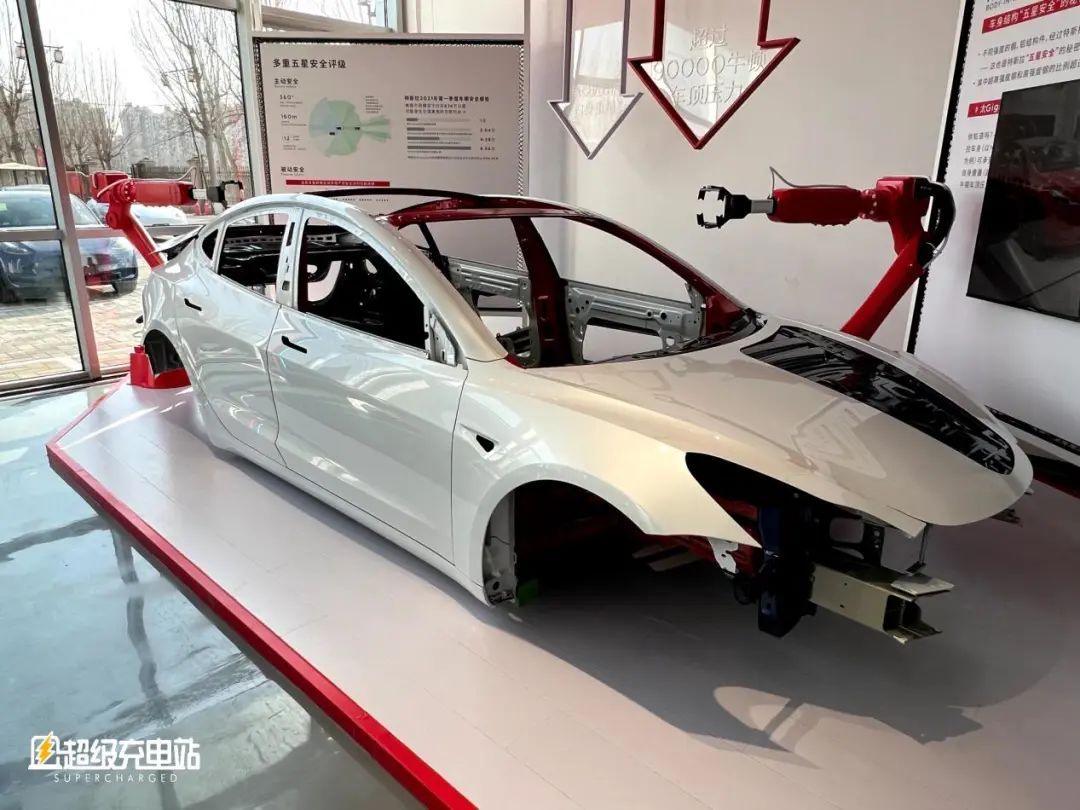
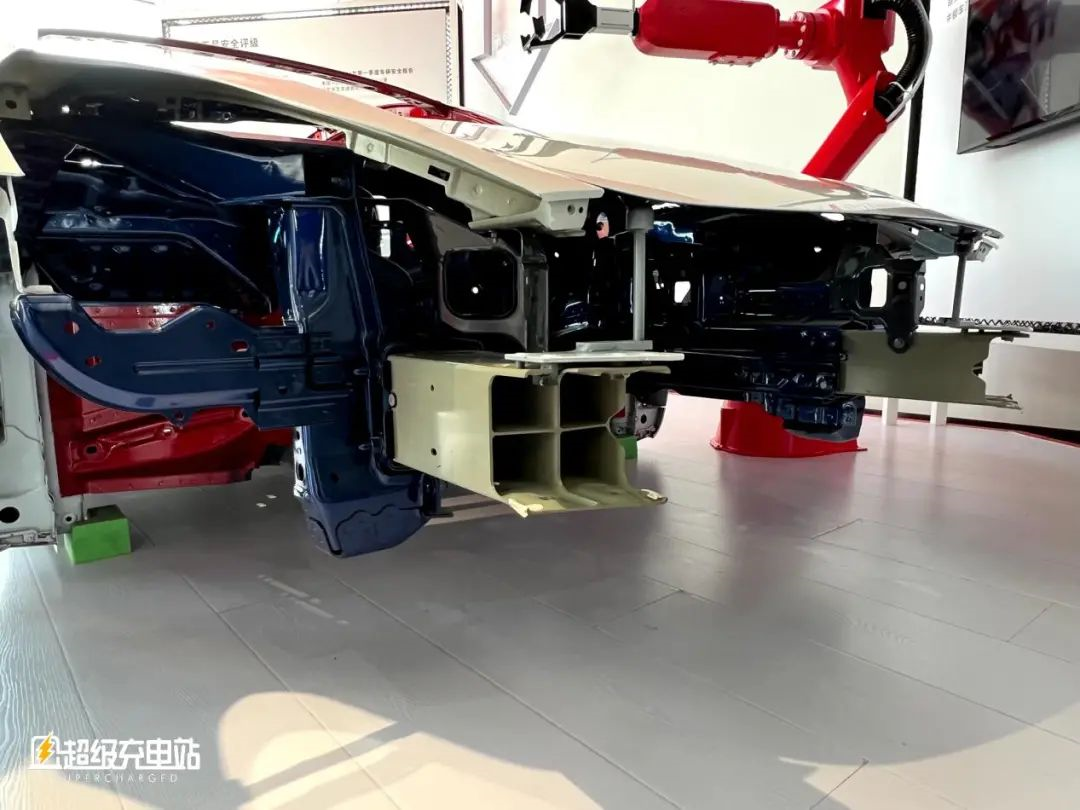
For example, ultra-lightweight “GigaCasting” body components that can be lifted with just two hands.
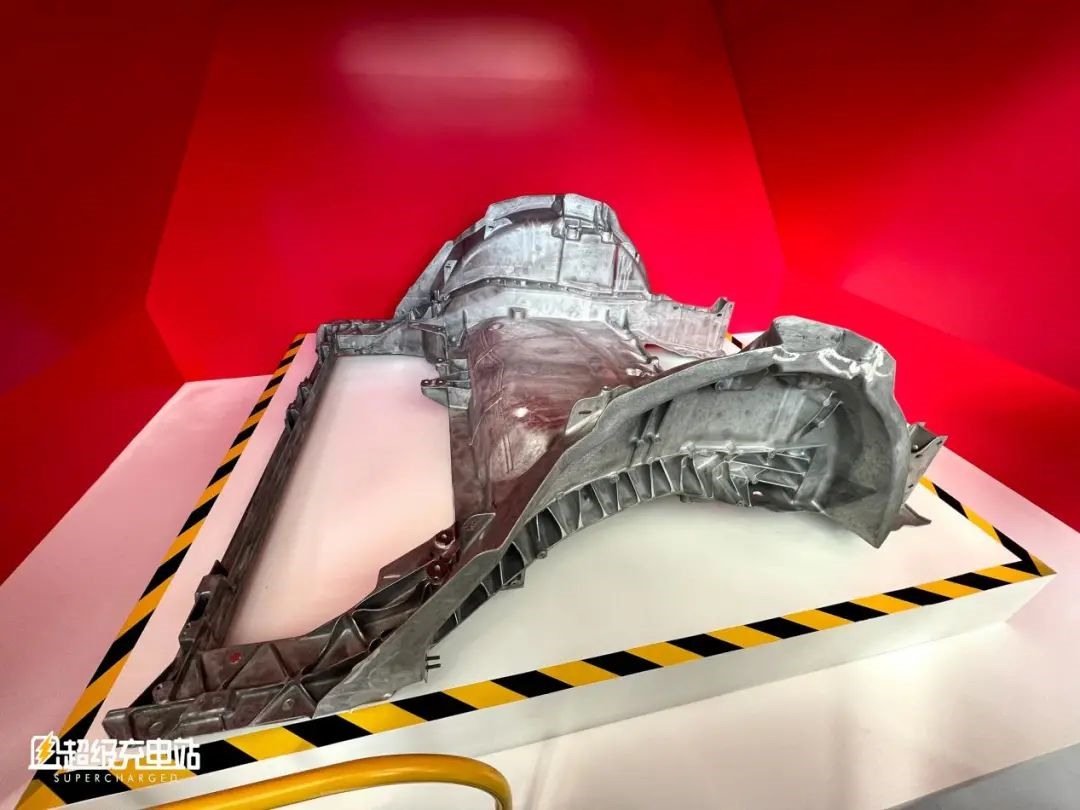 ### Translated Markdown Text
### Translated Markdown Text
As well as, the GigaCasting energy-absorbing collapse structure may not appear as true on the blueprint.
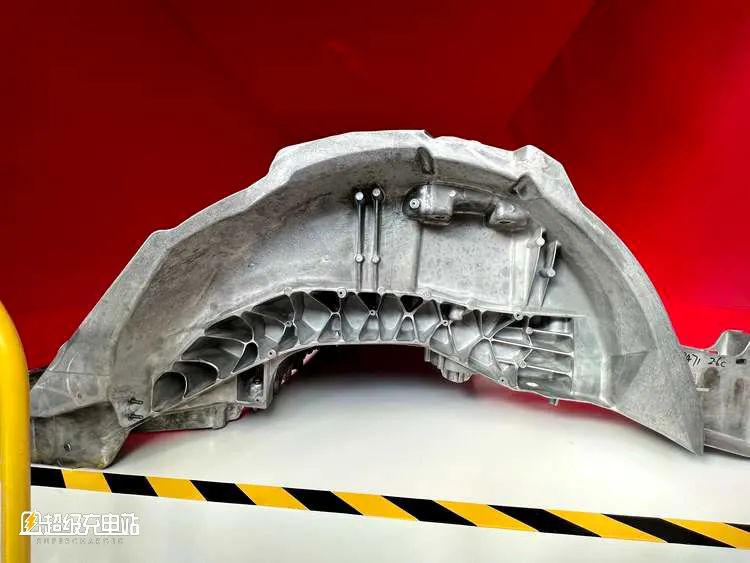
Absence makes the heart grow fonder.
If you’re still anxiously waiting for the 4680 Model Y this weekend, why not satisfy your curiosity at the “Tesla GIGA Museum.”
This article is a translation by ChatGPT of a Chinese report from 42HOW. If you have any questions about it, please email bd@42how.com.
